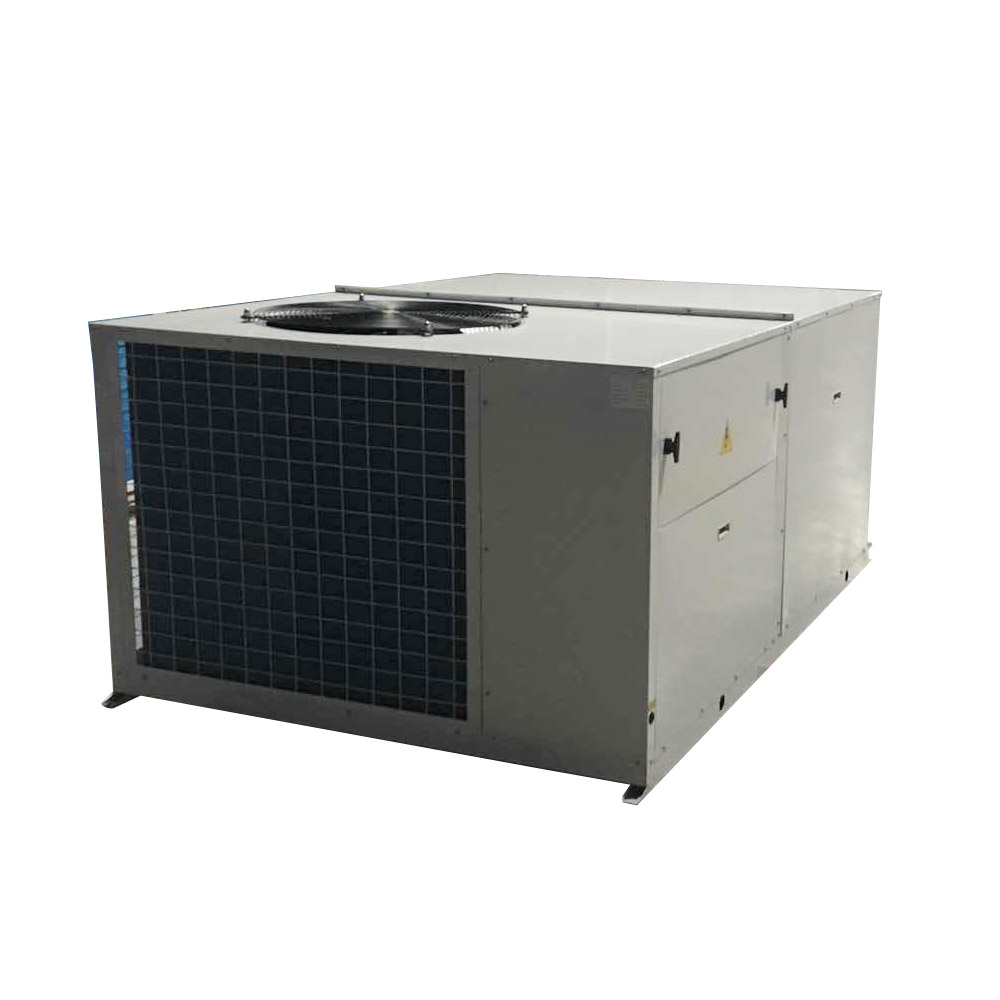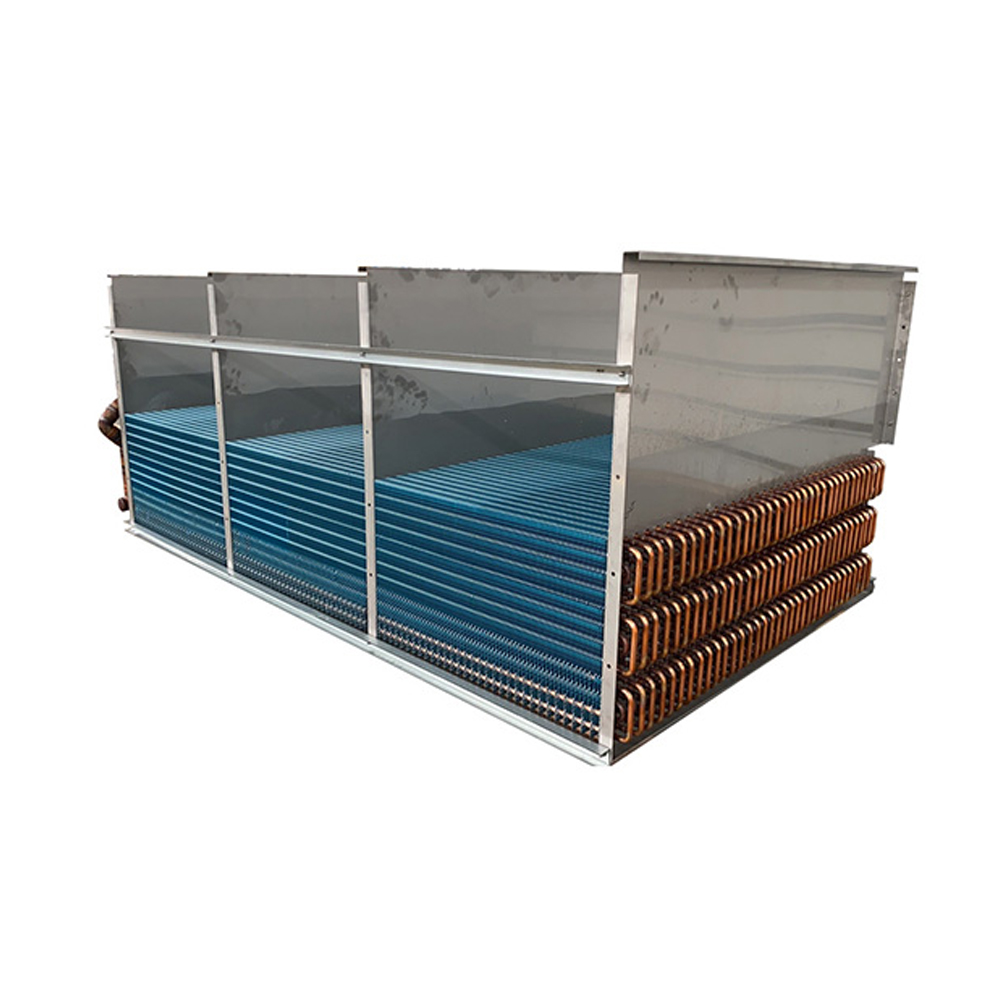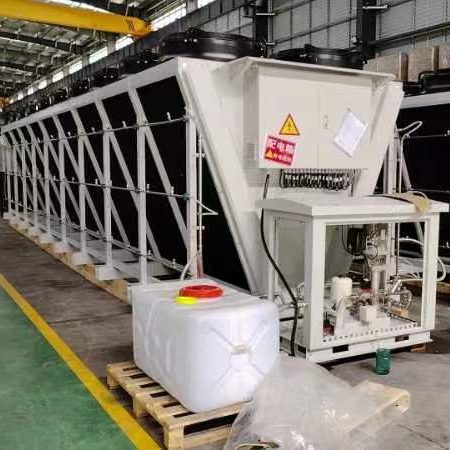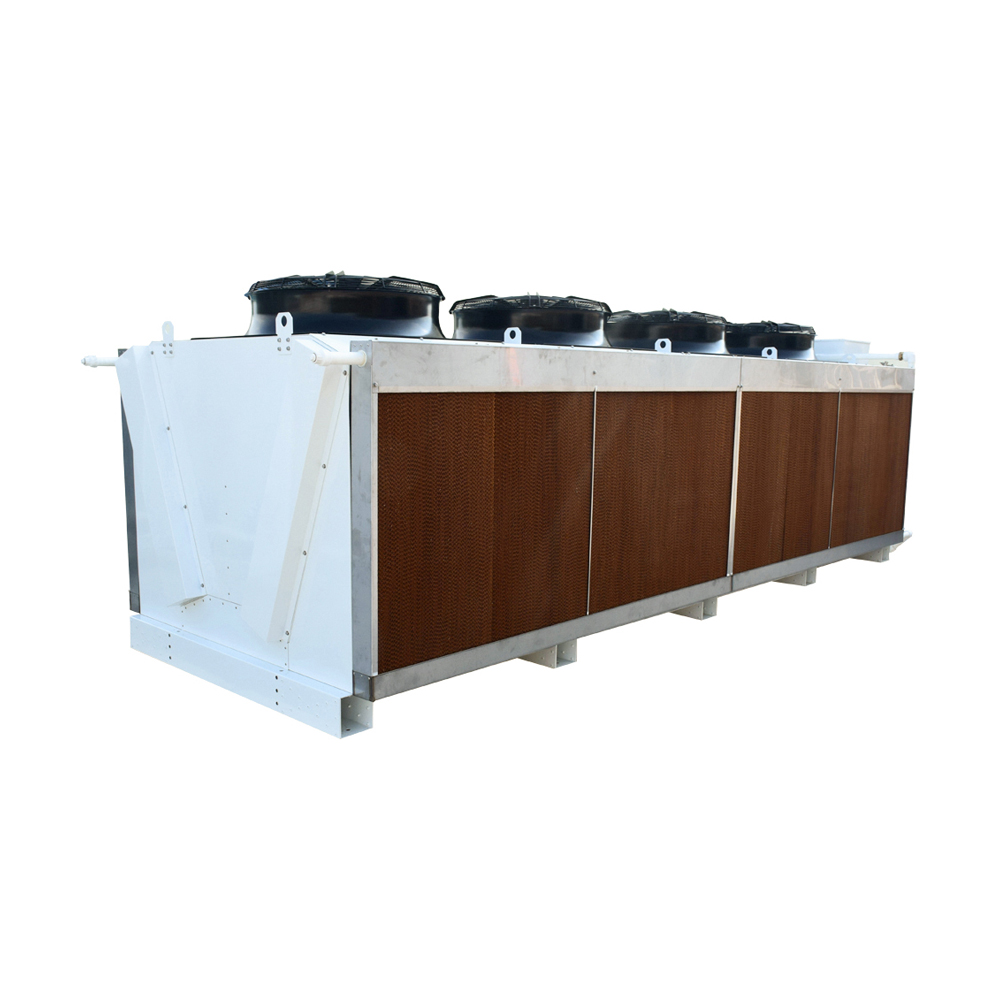Chwazi Dwa a Pi fre likid Pou bezwen ou yo
Gid sa a konplè ede ou konprann diferan kalite yo nan glasyè likid, their applications, and how to select the best one for your specific needs. We’ll explore key factors like cooling capacity, operating temperature, and maintenance requirements to ensure you make an informed decision. Whether you’re working with industrial processes, data centers, or other applications requiring efficient heat dissipation, this guide provides the essential information you need.

Konprann diferan kalite Glasyè likid
Lè-refwadi Glasyè likid
Lè-refwadi glasyè likid use ambient air to dissipate heat from the fluid. They are typically less expensive than water-cooled options and require less maintenance. However, their cooling capacity is often limited by ambient air temperature and may not be suitable for high-heat applications. They’re commonly used in smaller-scale operations where the environmental impact is less of a concern.
Dlo-refwadi Glasyè likid
Dlo-refwadi glasyè likid offer higher cooling capacity and are more efficient in high-temperature environments. They use water as a secondary coolant, transferring heat away from the primary fluid more effectively. This makes them ideal for applications with higher heat loads, often found in industrial settings and larger data centers. While offering superior performance, they typically require more complex systems and potentially higher initial investment. Shanghai Shenglin M&E Teknoloji co, Ltd Ofri yon seri de pèfòmans-wo solisyon dlo-refwadi.
Evapore Glasyè likid
Evapore glasyè likid use the process of evaporation to cool the fluid. This method is particularly energy-efficient, especially in dry climates. The heat is absorbed as water evaporates, resulting in a lower energy consumption compared to air or water-cooled systems. However, the effectiveness of evaporative cooling can be reduced in humid environments. They are often chosen for applications where energy efficiency and environmental friendliness are high priorities.
Faktè kle yo konsidere lè w ap chwazi yon Pi fre likid
Chwazi apwopriye a pi fre likid Depann de plizyè faktè enpòtan:
Kapasite refwadisman (BTU/HR oswa KW)
This determines the amount of heat the cooler can remove per hour. It’s critical to select a cooler with sufficient capacity to handle the heat load of your application. Underestimating this requirement can lead to overheating and equipment failure.
Operasyon ranje tanperati
The operating temperature range specifies the fluid’s temperature the cooler can effectively handle. Ensure the cooler’s range accommodates the expected operating temperature of your system.
Konpatibilite kalite likid
Diferan glasyè likid are compatible with different fluids. Check the specifications to ensure compatibility with your specific fluid. Using an incompatible cooler can damage the equipment and void any warranty.
Kondisyon pou antretyen
Konsidere antretyen ki nesesè pou chak kalite pi fre likid. Some require more frequent cleaning or component replacement than others. Evaluate the long-term costs associated with maintenance and factor them into your decision.
Konparezon tab la Pi fre likid Kalite
| Patikilarite | Lè-refwadi | Dlo-refwadi | Evapore |
| Kapasite refwadisman | Bese | Pi wo | Modere |
| Efikasite enèji | Modere | Modere | Wo |
| Antretyen | Ba | Mwayen | Mwayen |
| Pri inisyal | Bese | Pi wo | Modere |
| Enpak anviwònman an | Modere | Modere | Ba |
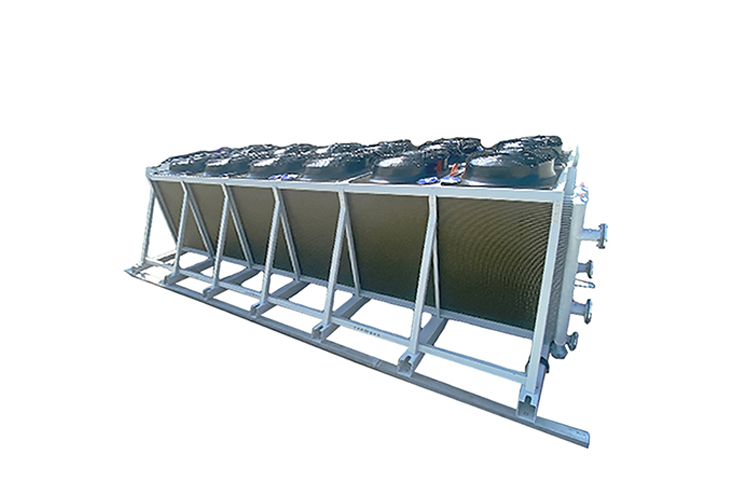
Chwazi Dwa a Pi fre likid: Yon apwòch pratik
Anvan ou fè yon acha, byen evalye bezwen espesifik ou yo. Konsidere chaj la chalè, ki kalite likid, espas ki la ki disponib, ak bidjè ou. Pa ezite konsilte avèk ekspè nan konpayi tankou Shanghai Shenglin M&E Teknoloji co, Ltd to get personalized recommendations. They can help you select the most suitable pi fre likid Pou asire pi bon pèfòmans ak lonjevite.
Sonje toujou konsilte espesifikasyon manifakti a ak direktiv pou enstalasyon ak operasyon.











